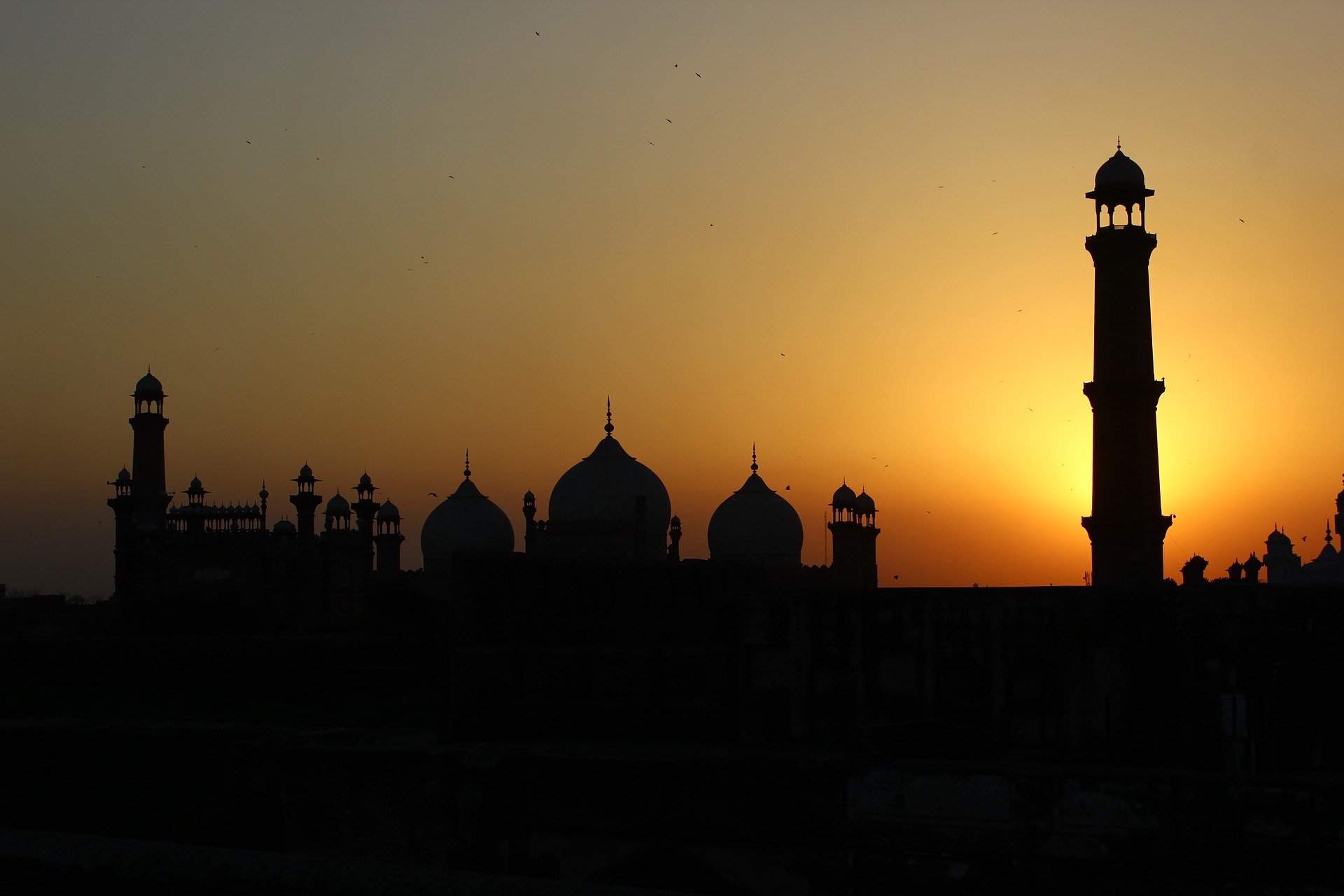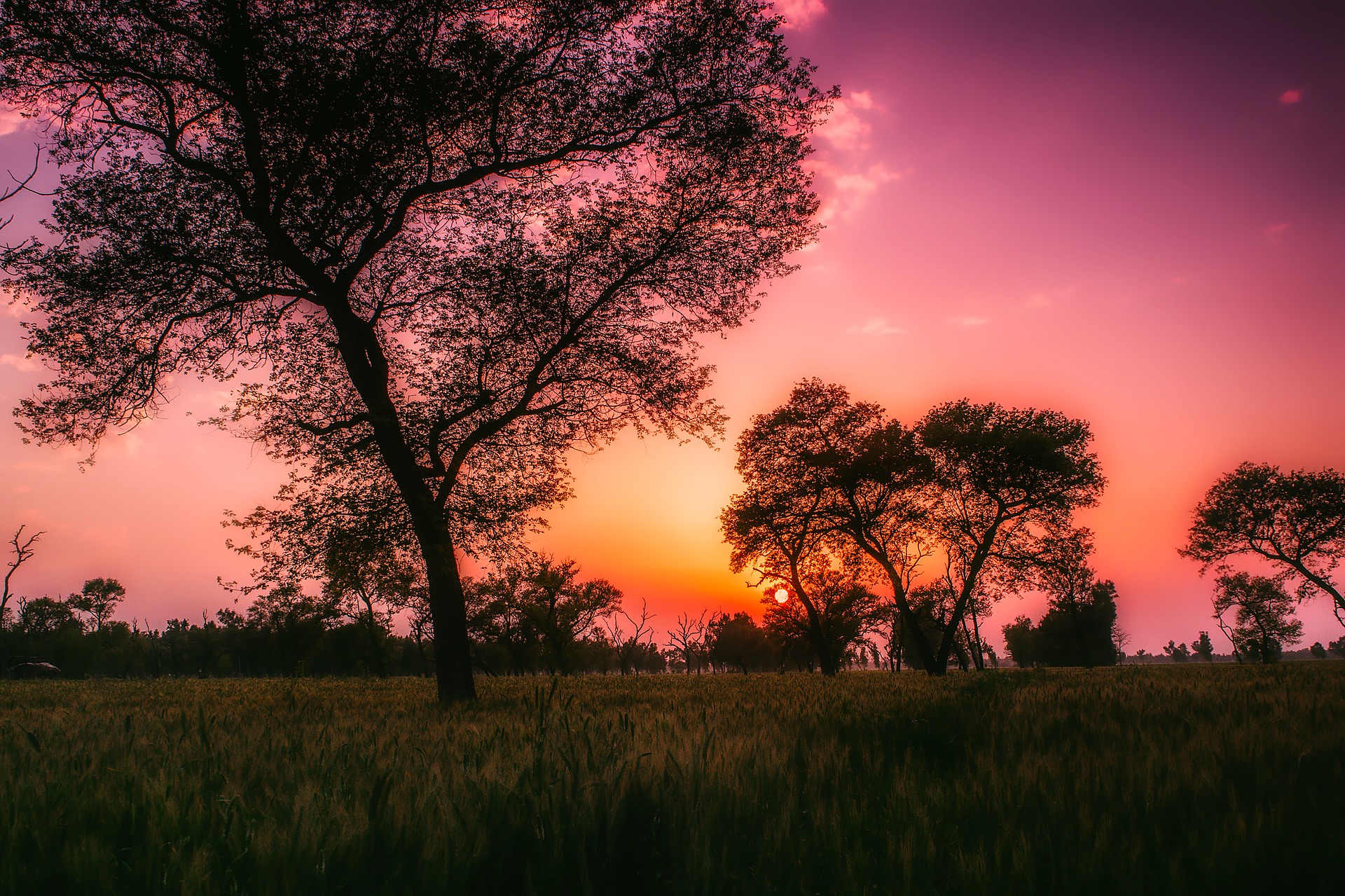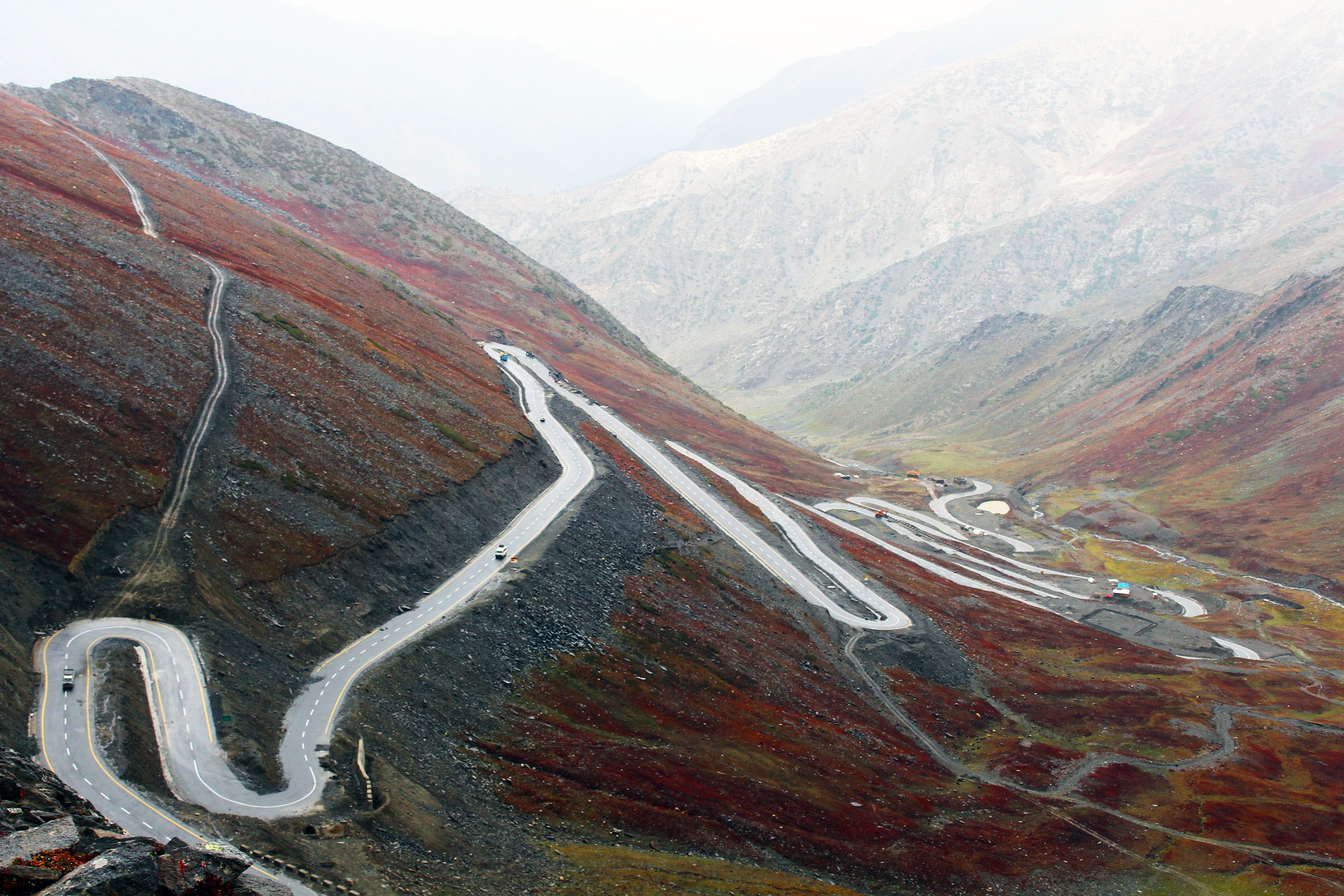The country, officially called the Islamic Republic of Pakistan, is the sixth most populous country in the world, with a population of 212 million people.
The Persian Hindi name is derived from the words “pak” meaning holy and clean, and “isthan,” meaning a place in Hindi.
In Pakistan, the official number of languages is 73 and most languages, including Urdu, the national language, belong to the Indo-Iranian language family.

English was one of the official languages in Pakistan, which existed under the Ghazni, Mughal, British and Indian colonies until it declared independence in 1947. As most people can speak English, the language is also used in government offices.
Its historical and ethnic diversity is one of the main factors that shape Pakistani culture. The Islam religion is still believed by most people today after ithas started to be effective in the region since 700 AD.
More than 15 large ethnic groups live in the country, distinguished by their history, traditions, cuisine, and clothing, as well as their physical characteristics. Located between the ancient Indus Valley, the Himalayas, and the Arabian Sea, this region is considered one of the oldest settlements in the world.
The concept of family is above everything in Pakistan, which is a country where people are firmly attached to their traditions and customs. This understanding has also fundamentally affected the way society is governed.
Pakistanis still one of the most attractive routes, especially for travelers who have not lost the spirit of discovery, and it has quite colorful cities, from its natural landscapes to the capital Islamabad, which is a vibrant metropolis, and Lahore, which is considered the capital of culture.
Mughal cuisine, which forms an important part of Pakistani cuisine, generally includes ingredients such as herbs, spices, almonds, and grapes. Afghan, Persian, and Western influences are also observed in the food culture, where the abundant spicy dishes that we are used to seeing in typical Indian dishes are often encountered.

Pakistan’s most famous sauce is Garam Masala. It is a special sauce used in almost all dishes and consists of a mixture of coriander, fresh black pepper, cardamom, cloves, cumin, and cinnamon.
Boiled beef and mango are consumed for breakfast in a way we are not used to.
Sightseeing
Archaeological ruins in Moenjorado, Lahore fortress and Shalamar Gardens, monuments in Makli, Buddhist ruins of Tahkt-i Bahi, and ancient ruins in Taxila are included in the UNESCO World Heritage List.
If you intend to retreat and enjoy the sunny weather, the coastline that hosts South Asia’s most virgin beaches will be the right address.
Those who want to go through an adventurous and lively route can follow the old trade routes of Khyber Pass, Grand Trunk Road, and Karakoram Road.
When you visit Pakistan, you must visit the following places:
Shalimar Gardens, which is a very popular point of sightseeing with its pools and historical buildings,
The capital, Islamabad, where you can see the best examples of Islamic architecture,
Rawal Lake, which is the best attraction to have a picnic and go for a walk in the unique view,
Lal Masjid, also known as “Red Masjid” due to its color,
Margalla Hills, which redefines the word meaning of peace with its waterfalls and rivers,
Lok Virsa Museum, where you can get a lot of information about local culture,
Faisal Mosque, one of the most striking structures in Islamabad with its giant minarets,

The mausoleum of the Mughal emperor Jahangir and the UNESCO-listed tombs of Akbari Sarai and Asif Han,
Lahore Castle, which has a very important place in Pakistan’s history and is also protected by UNESCO,
The Pakistan Monument, which is one of the symbolic structures of the country and one of the places visited by all tourists,
Lake Saiful Muluk, which is three thousand two hundred meters above sea level and is among the highest lakes in the country due to this feature.
